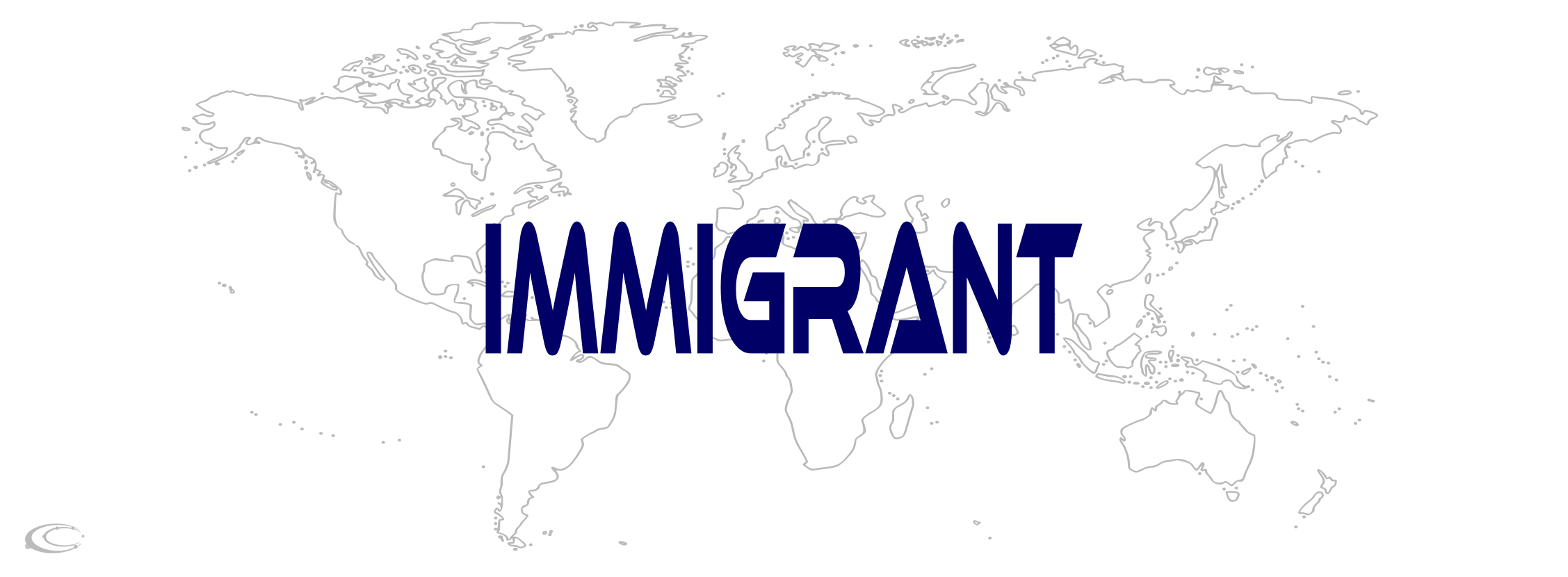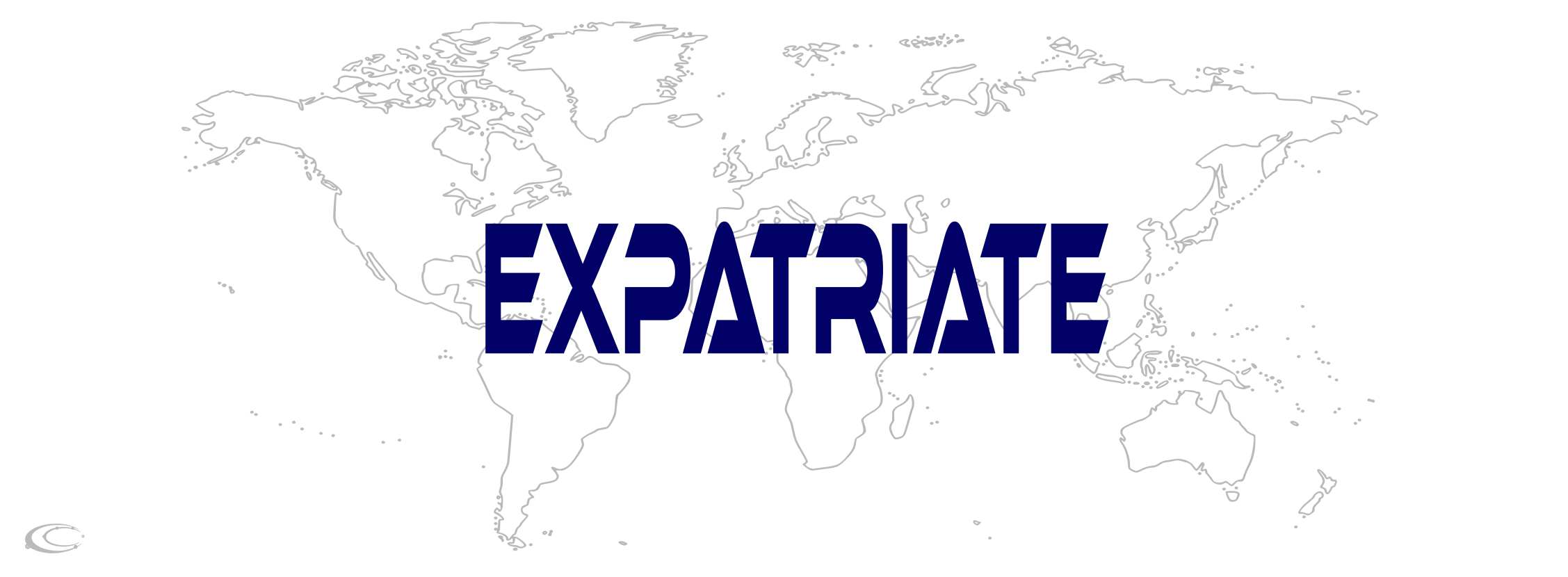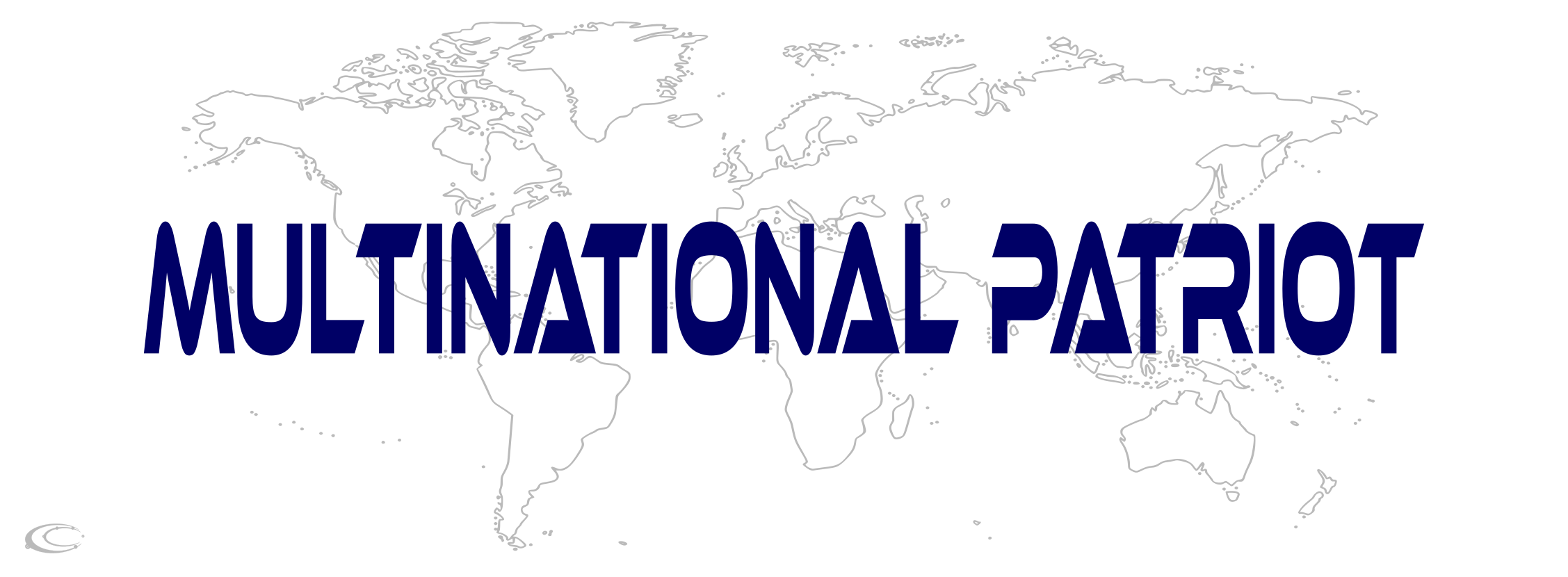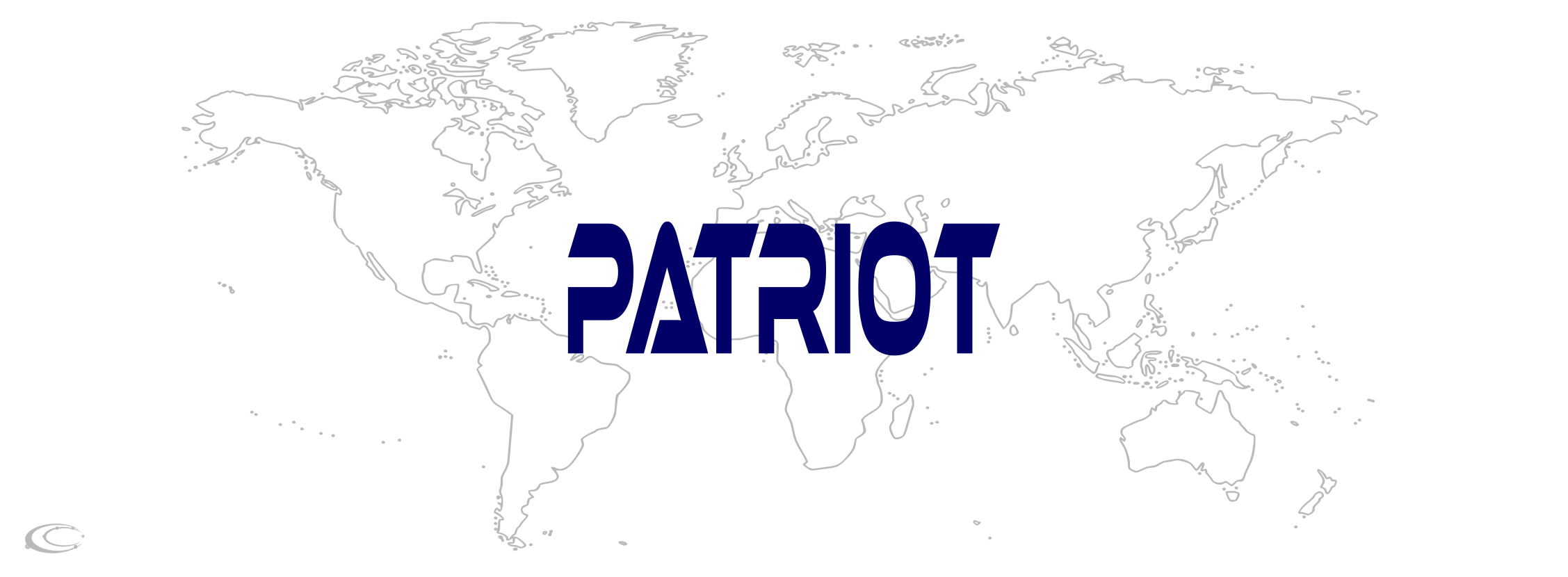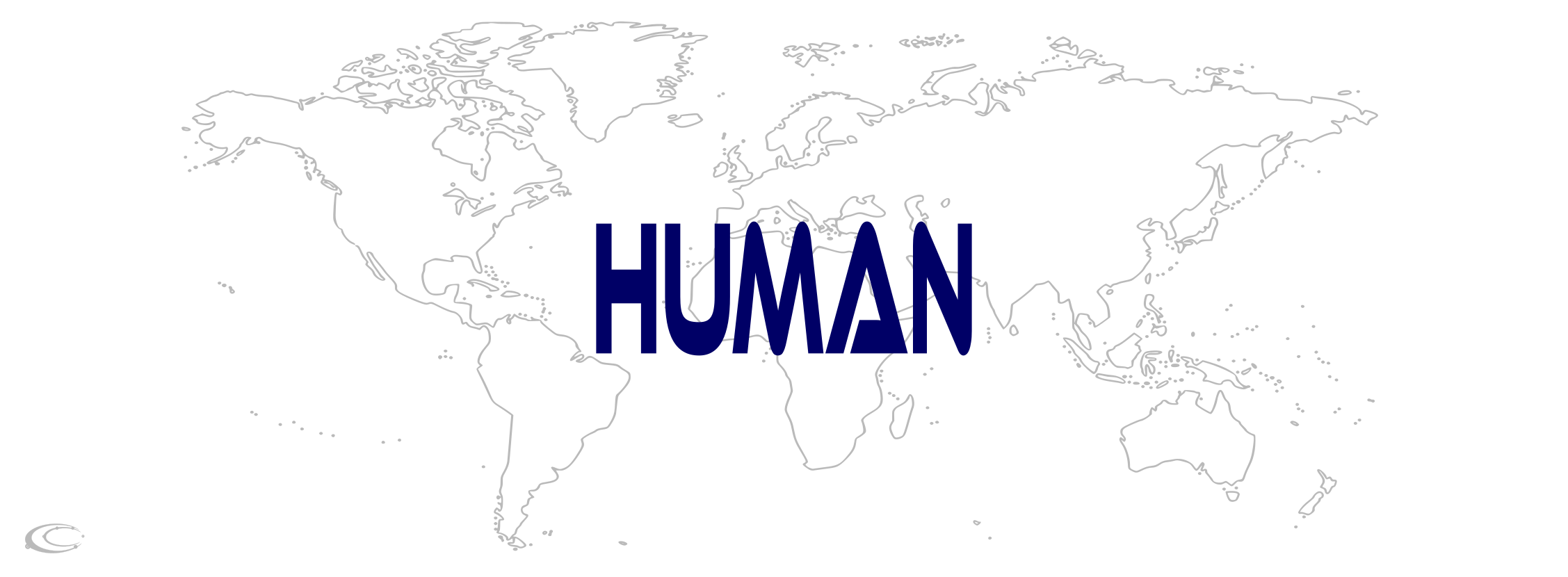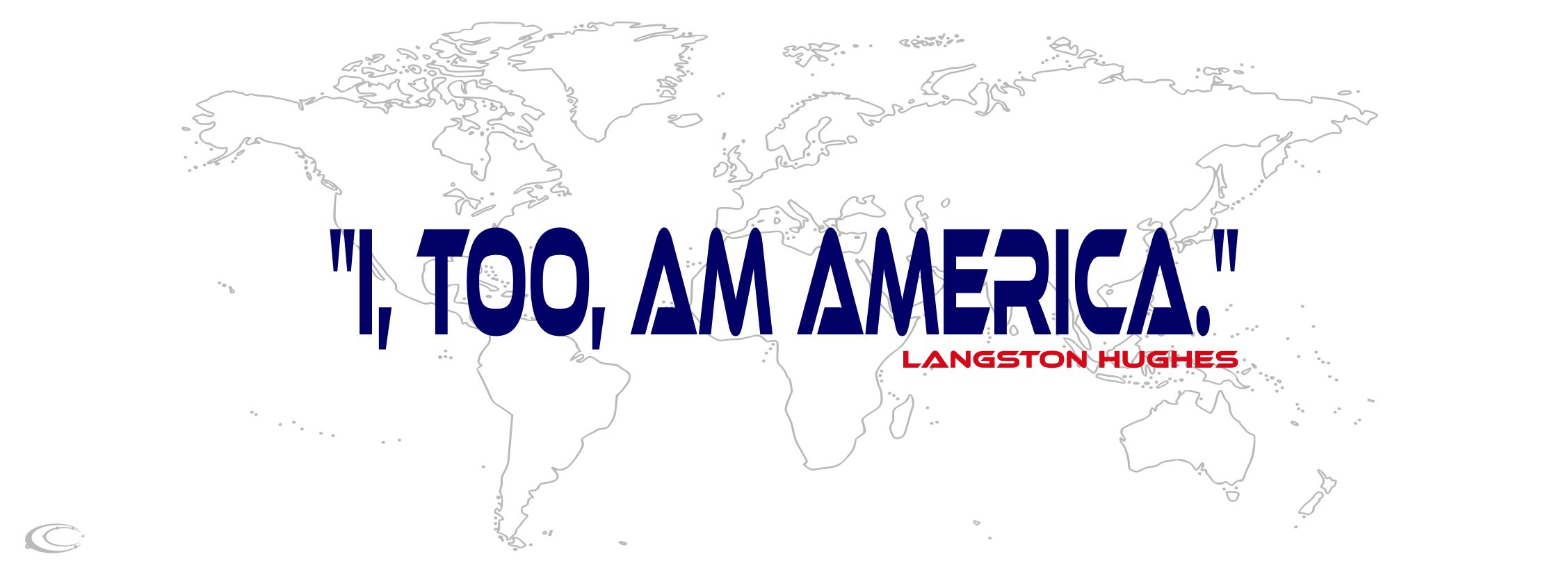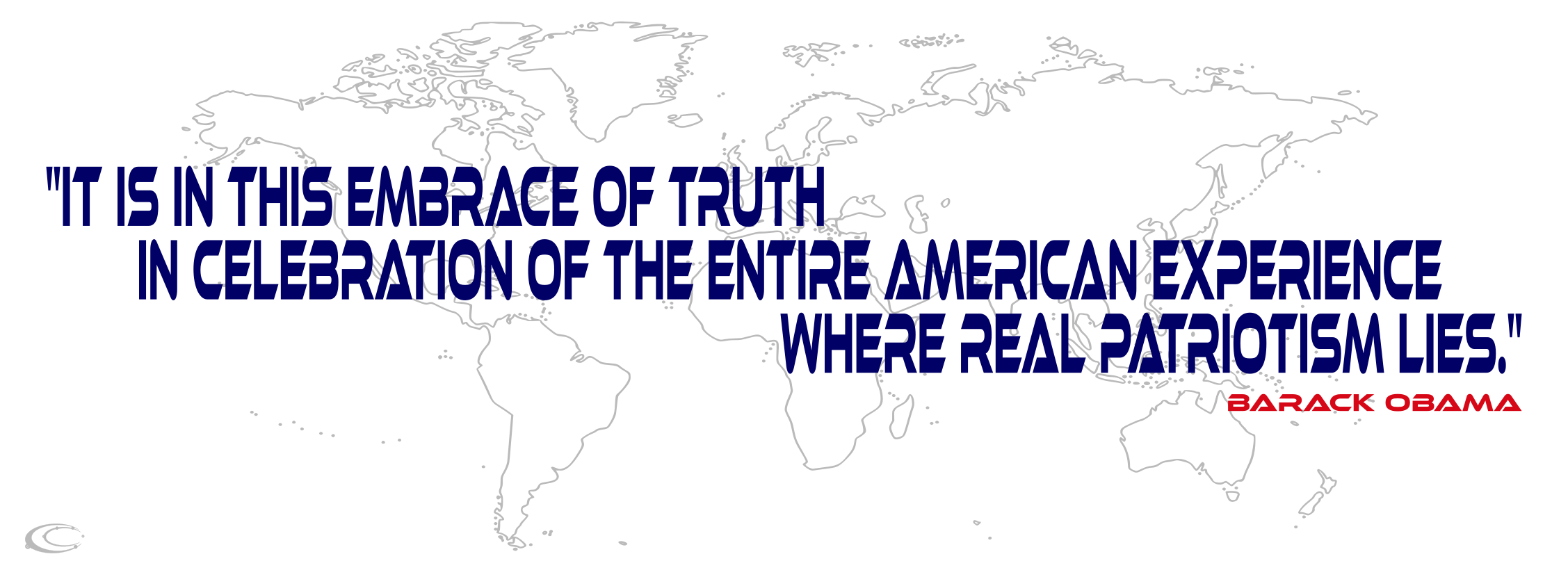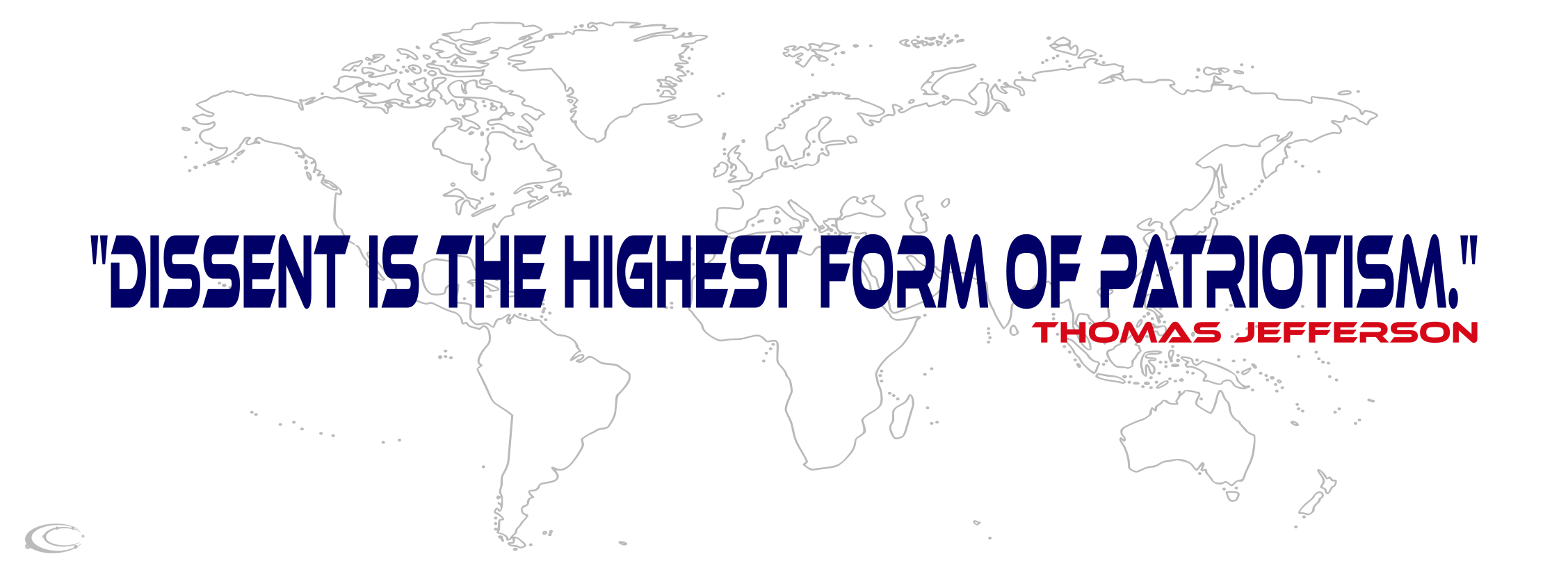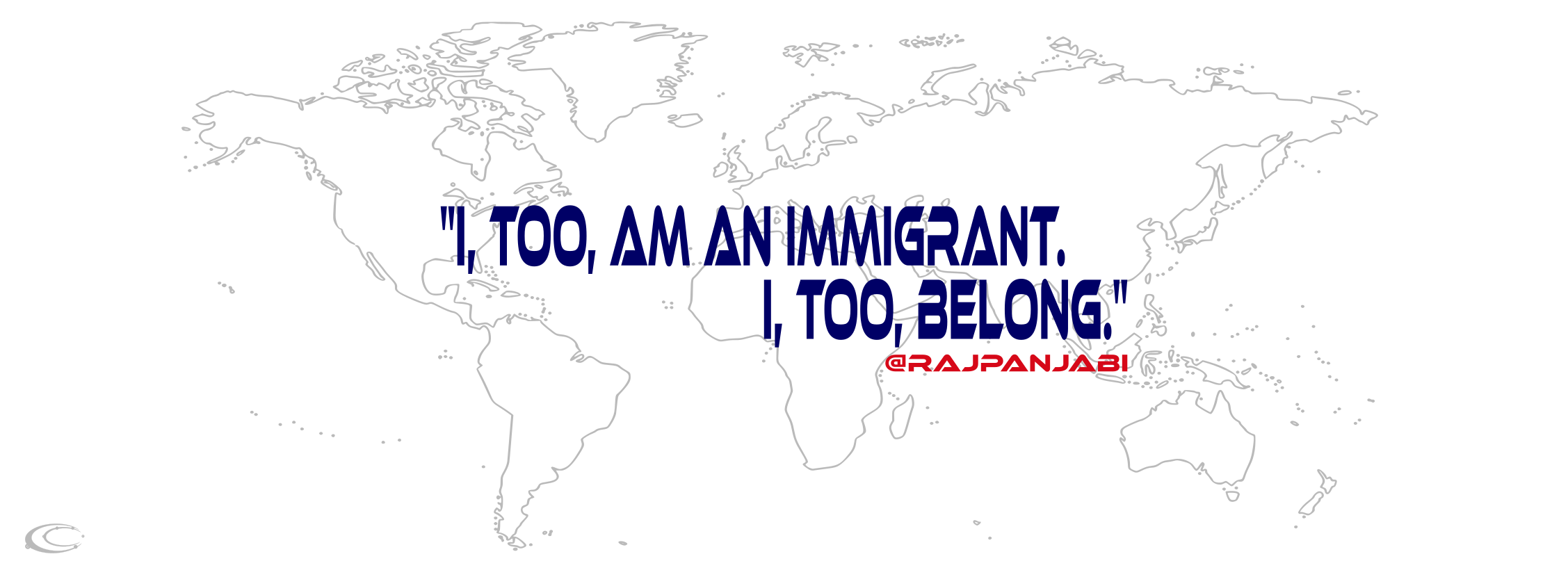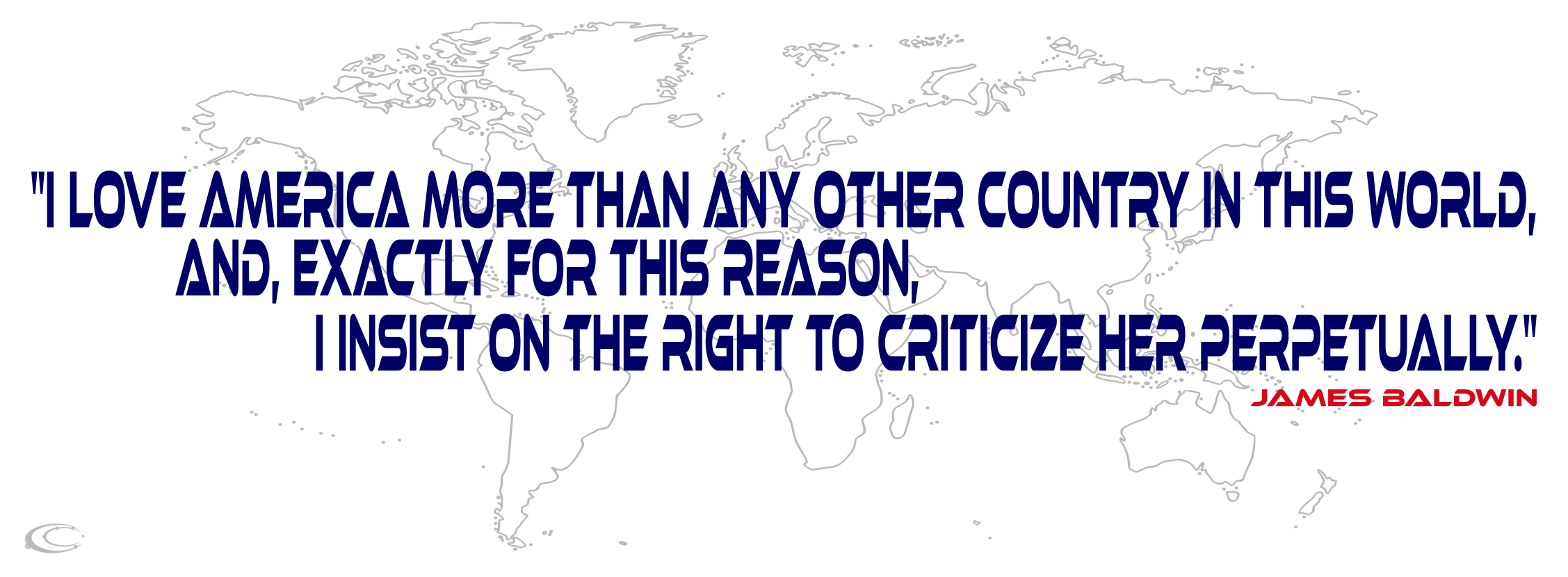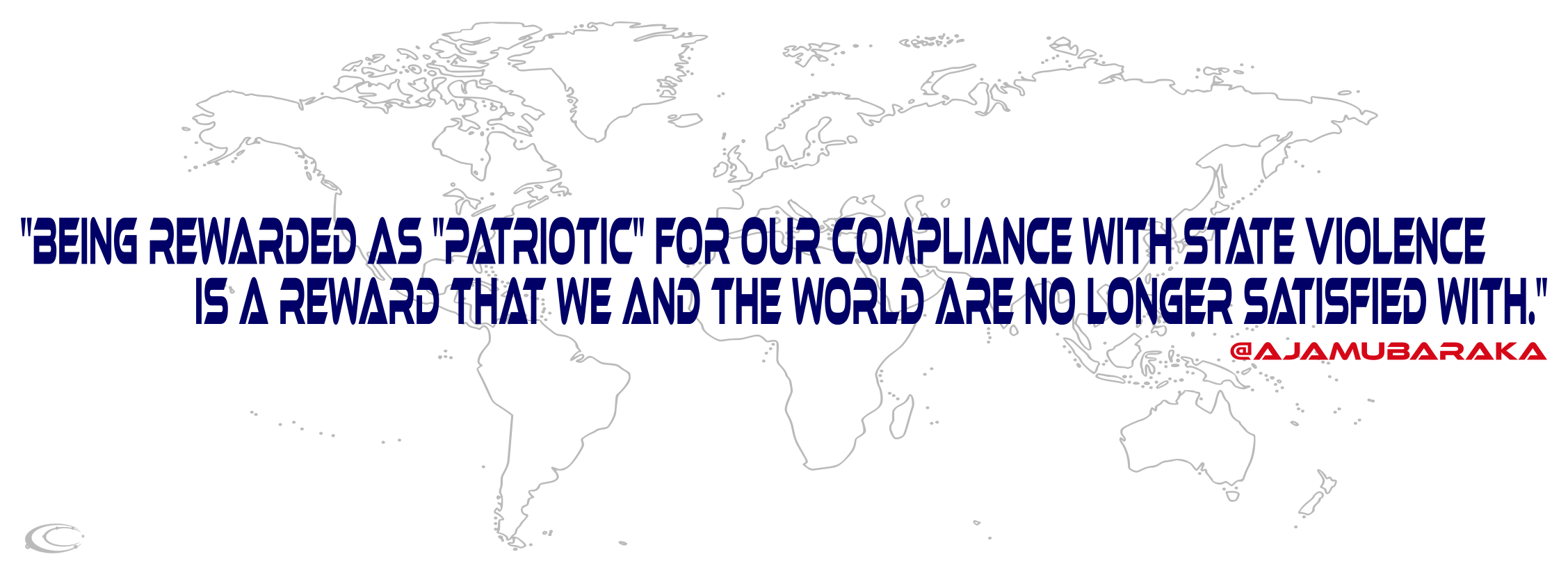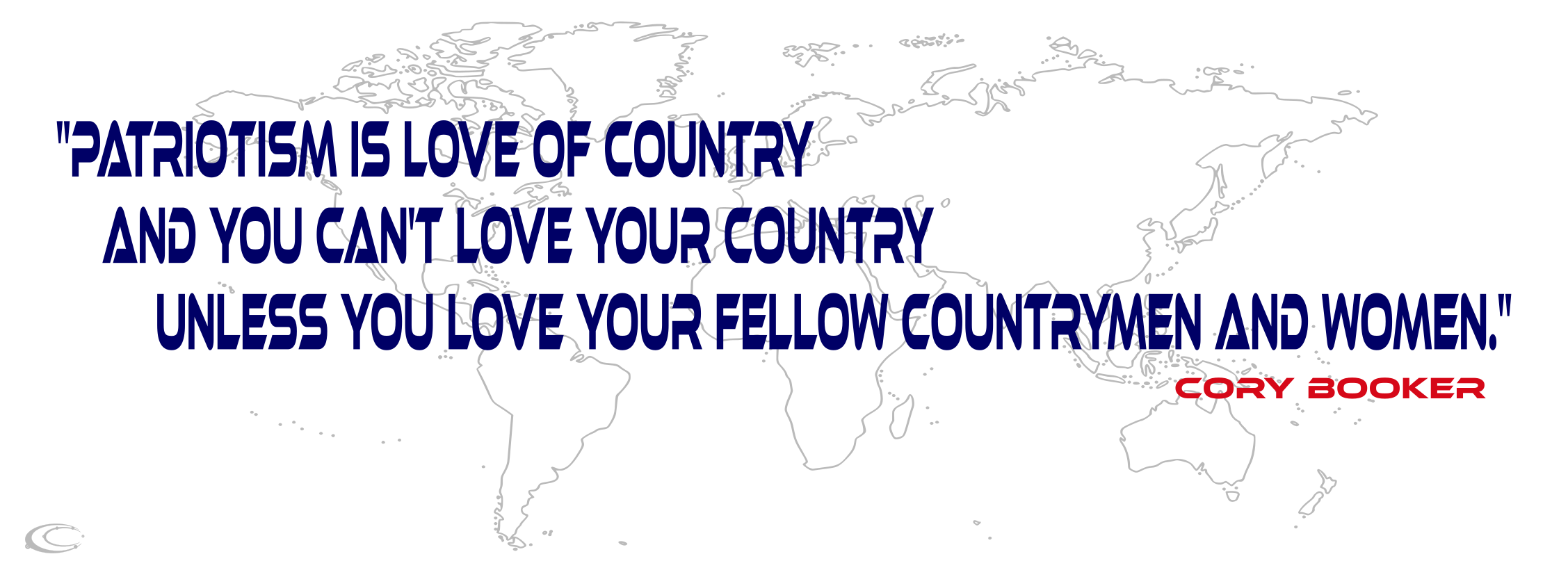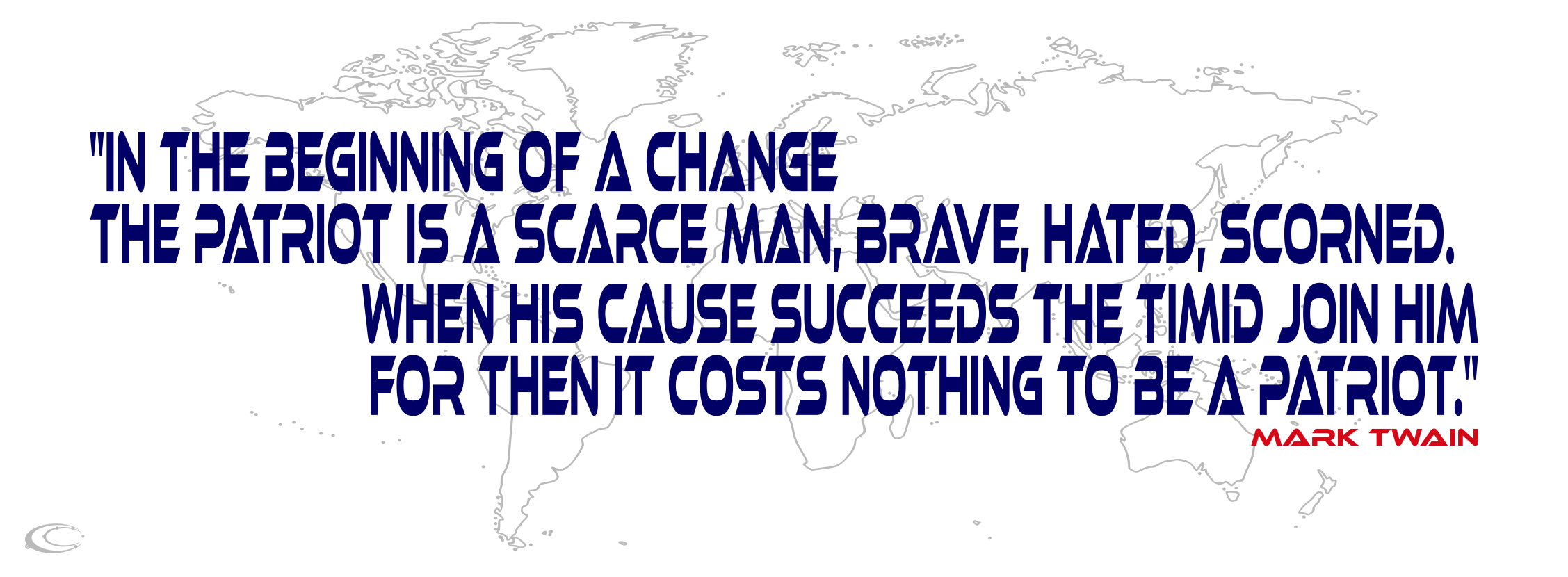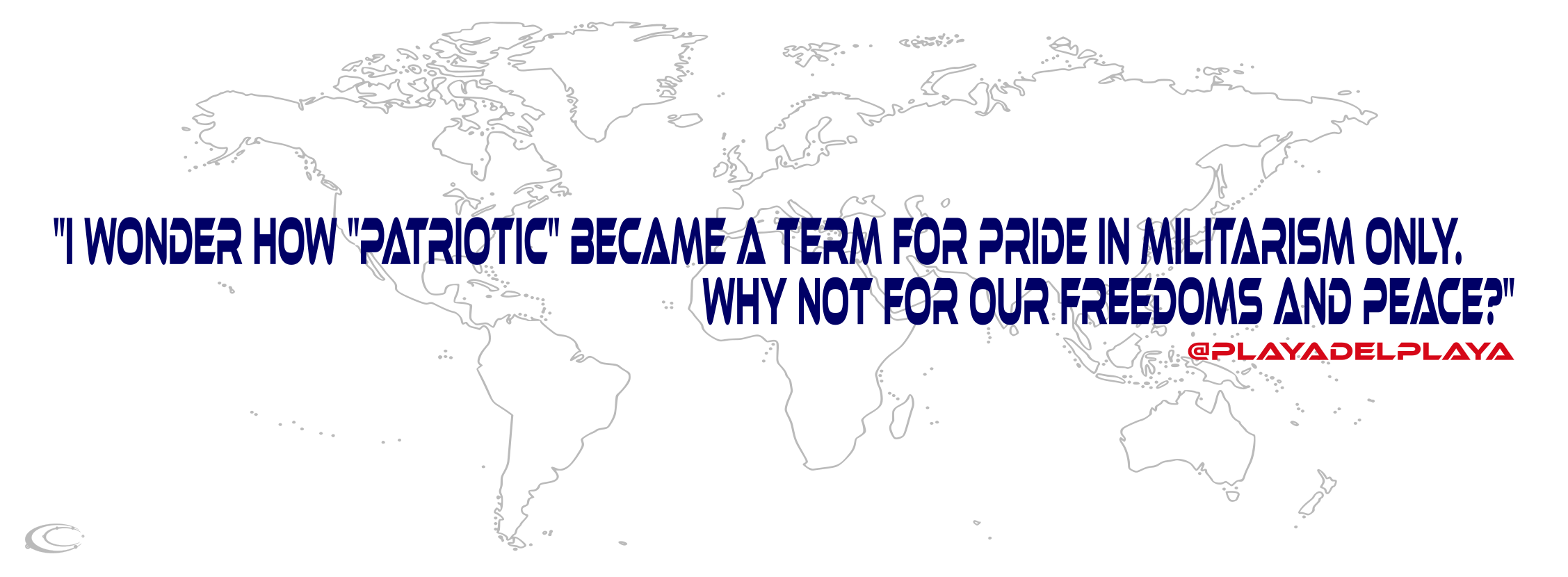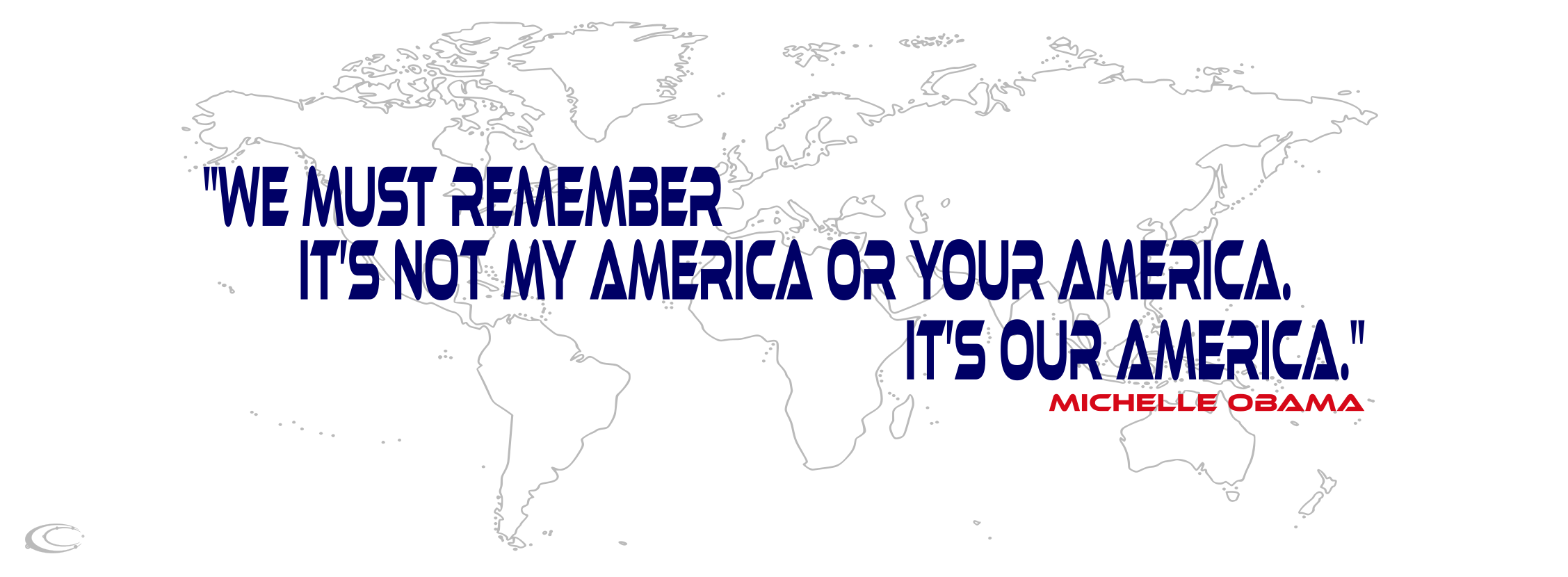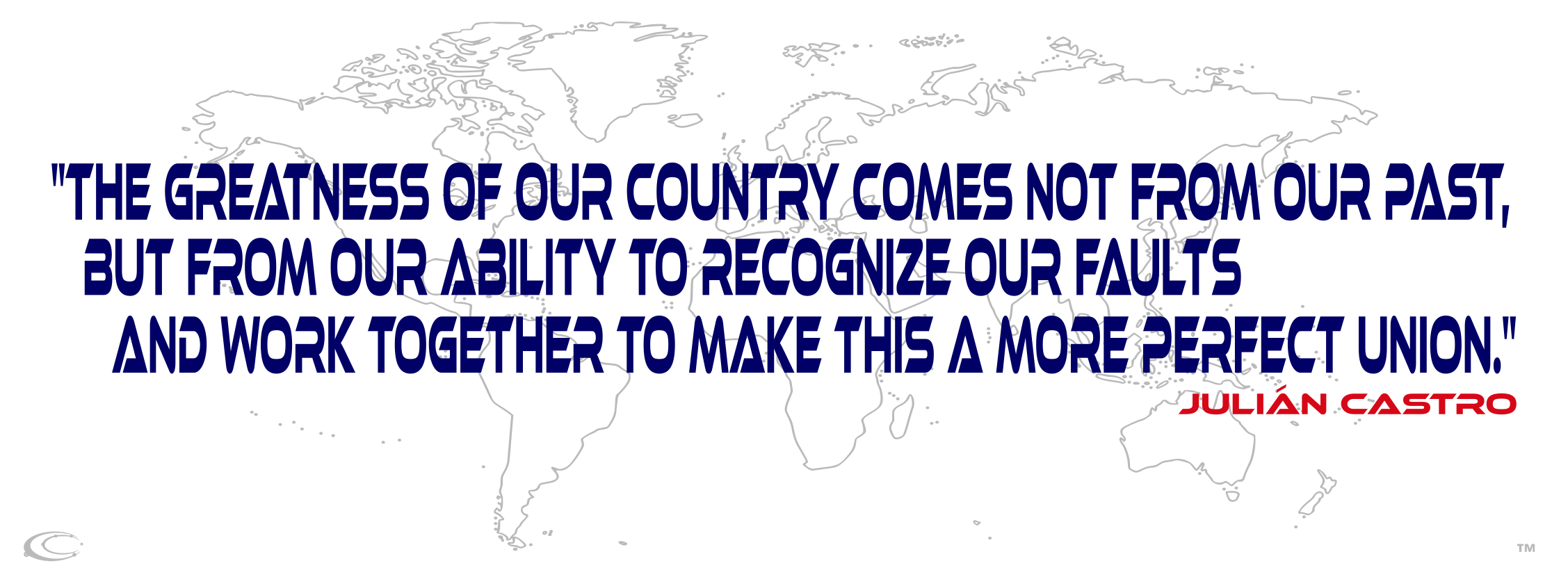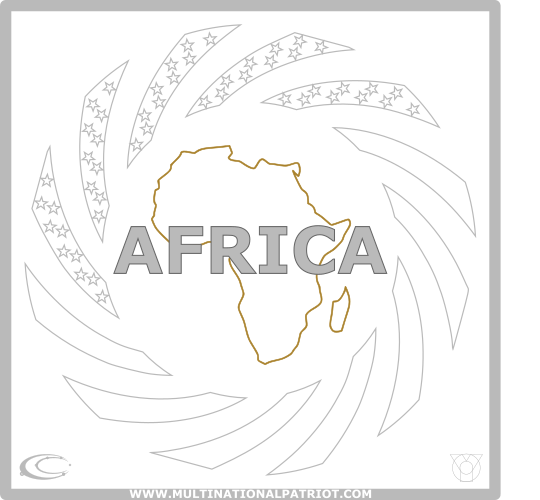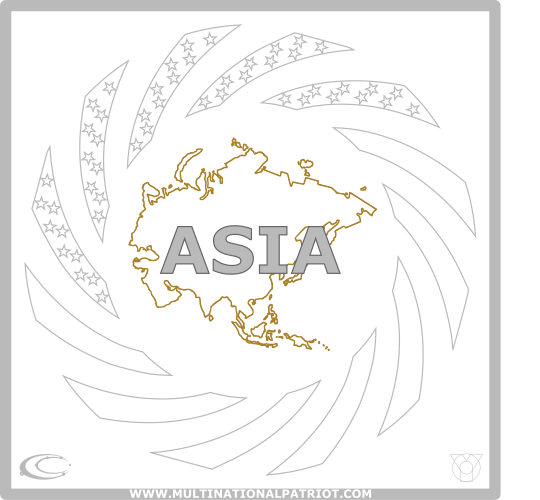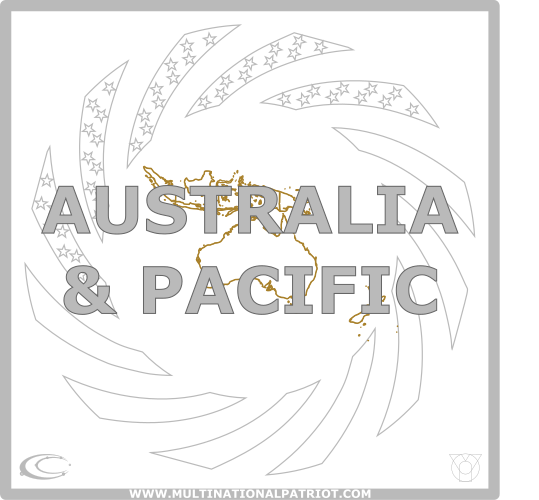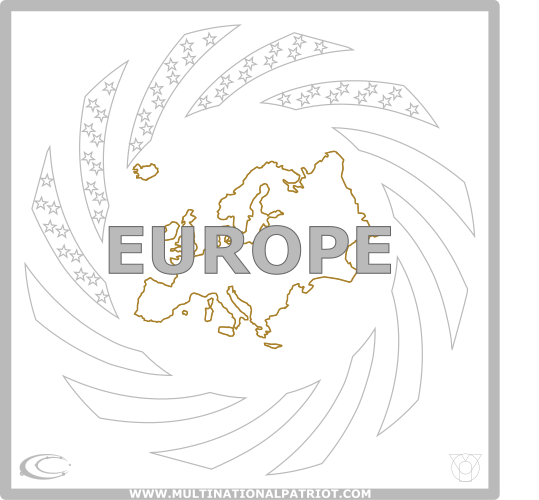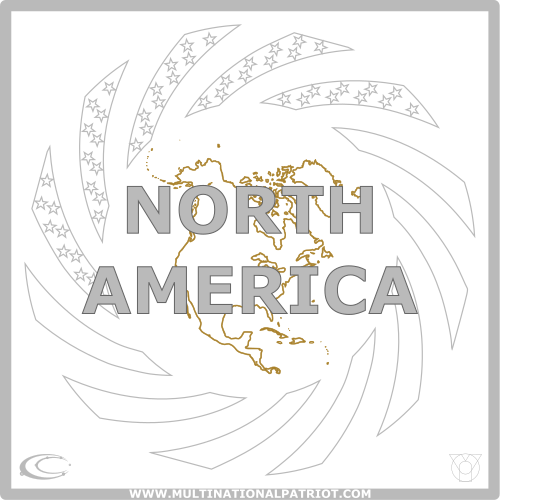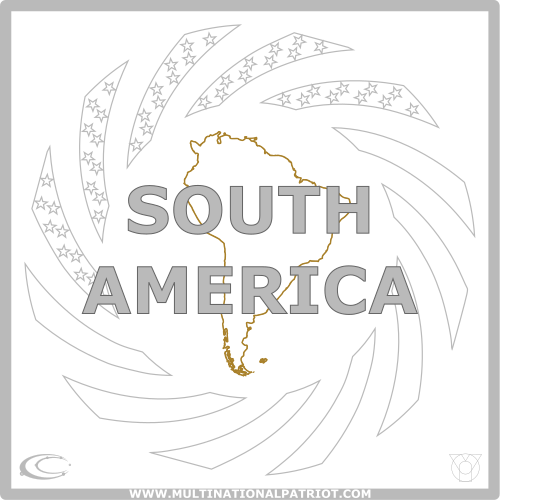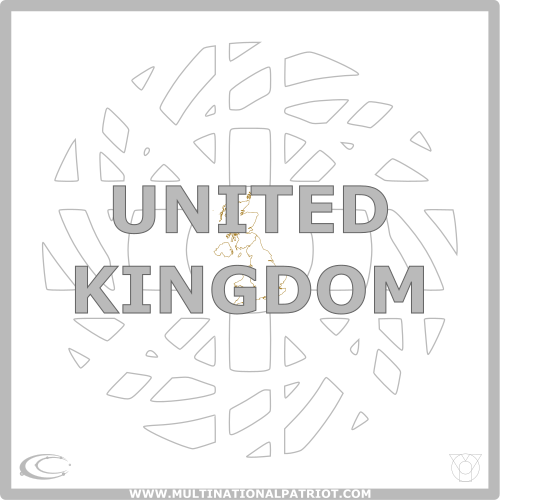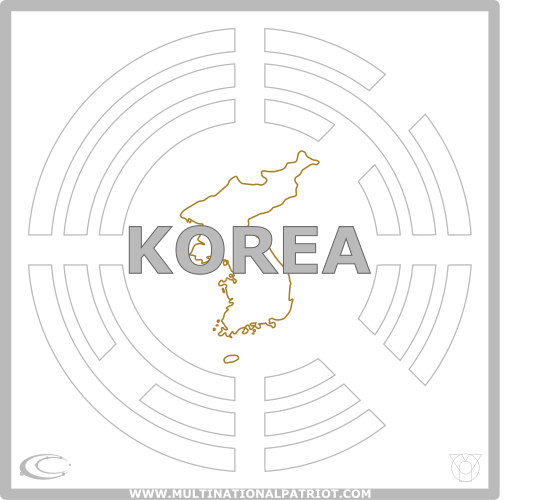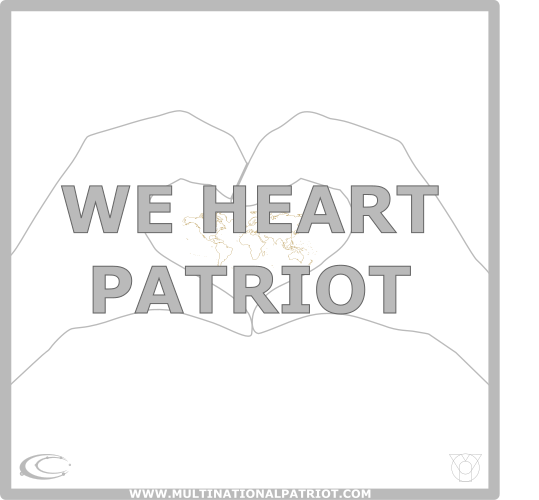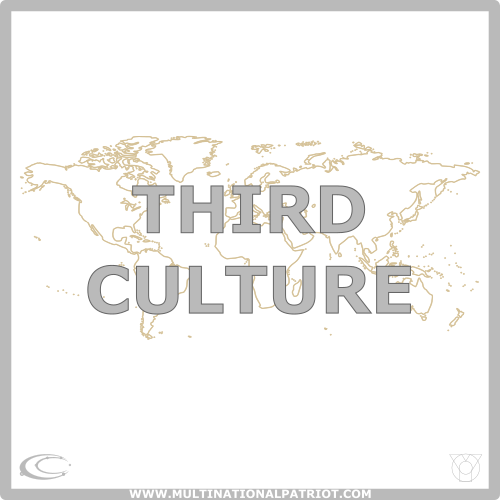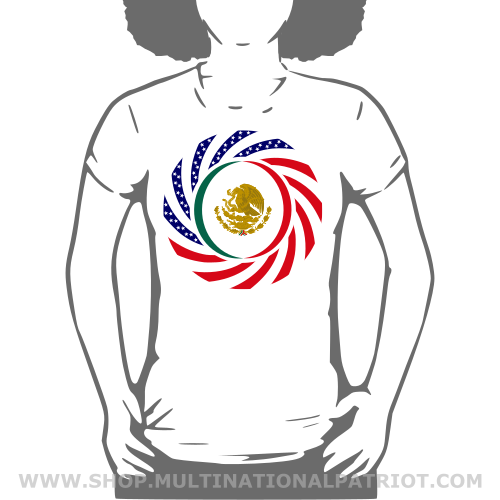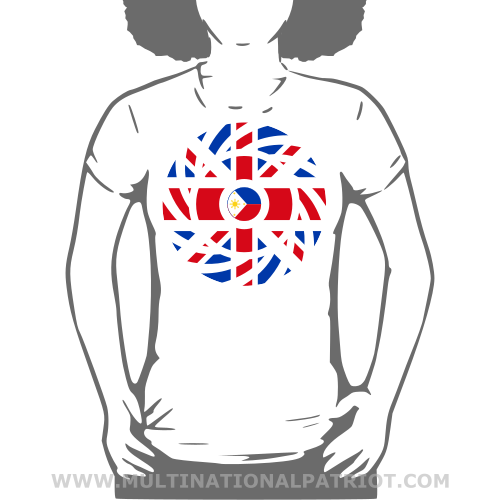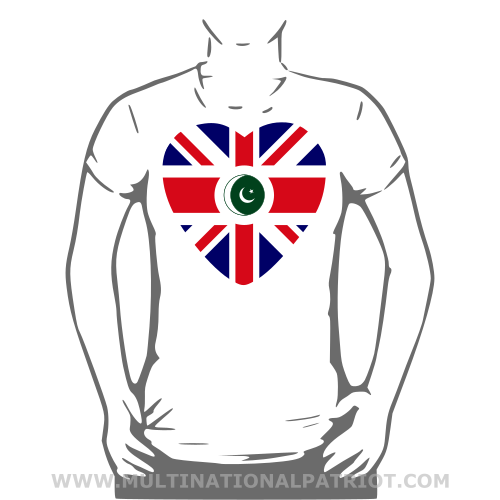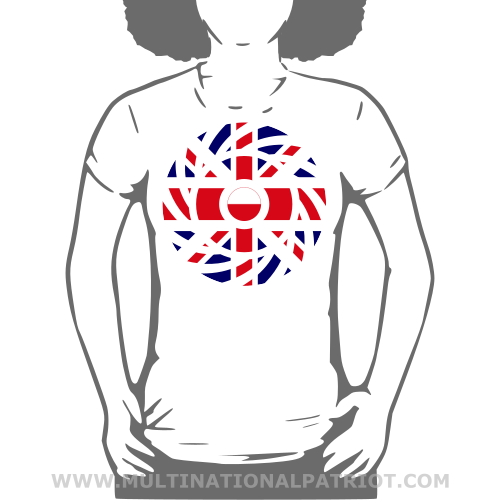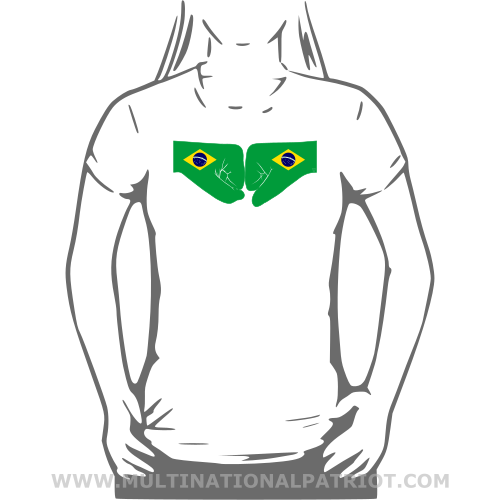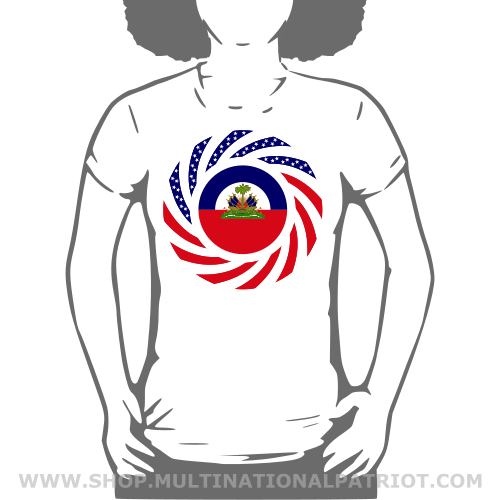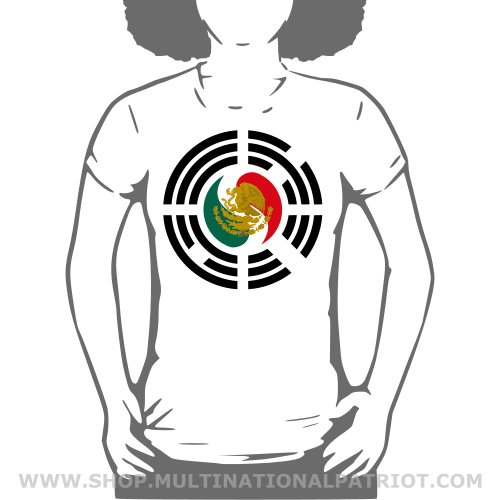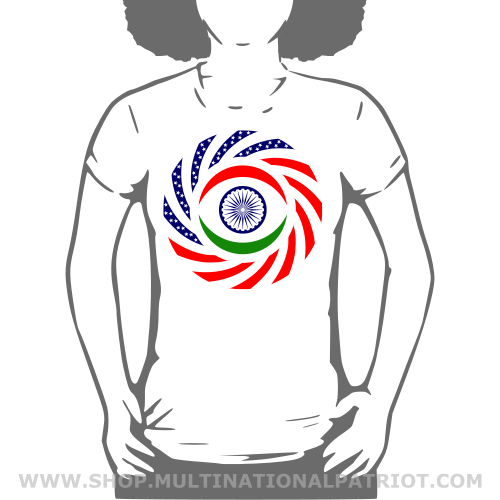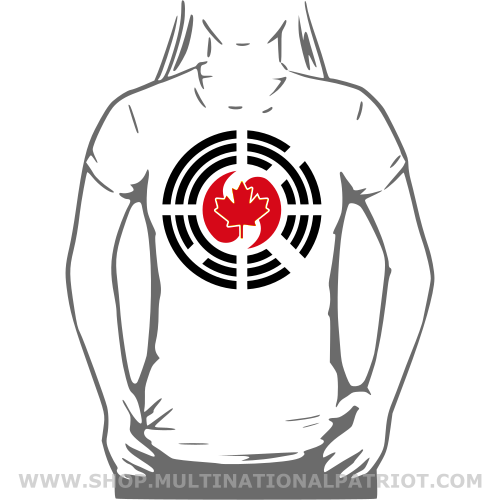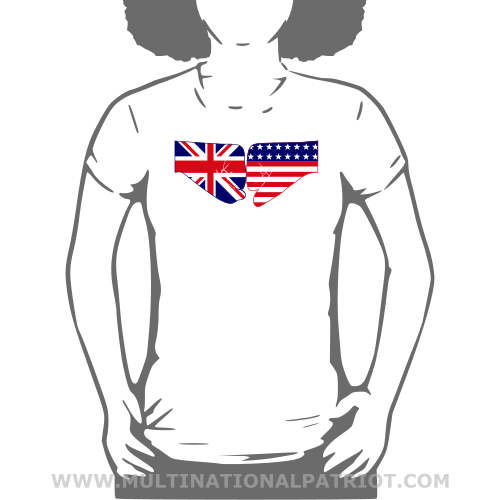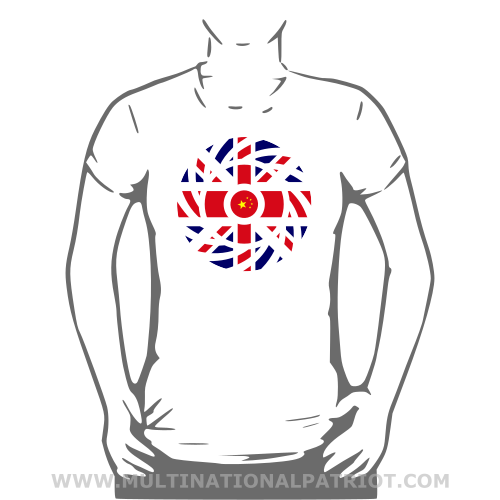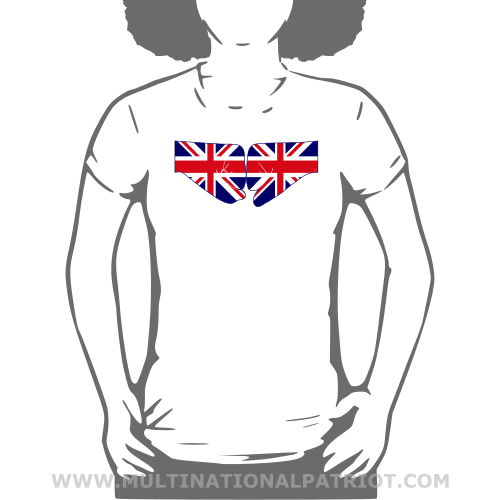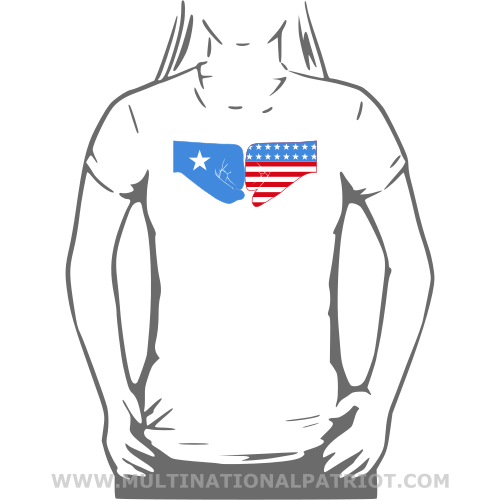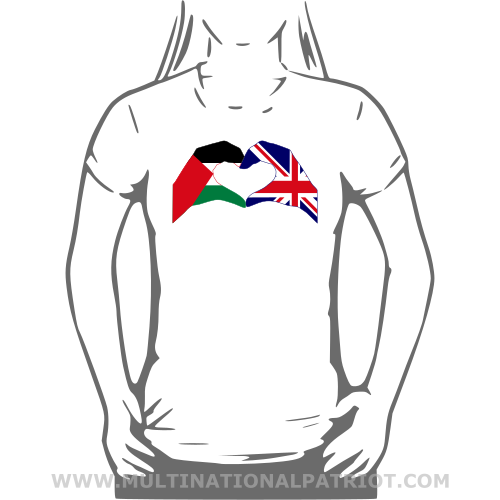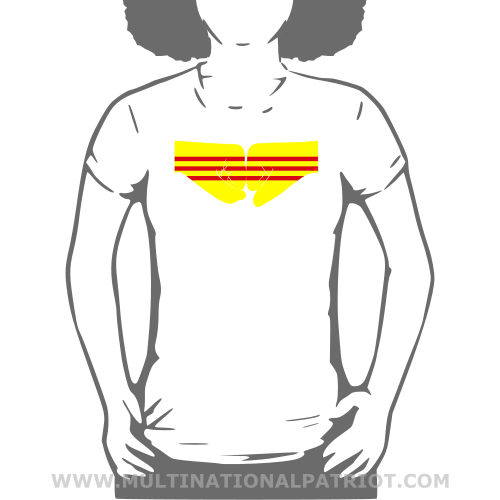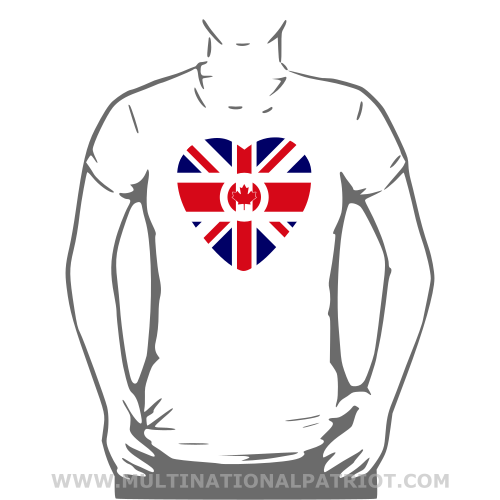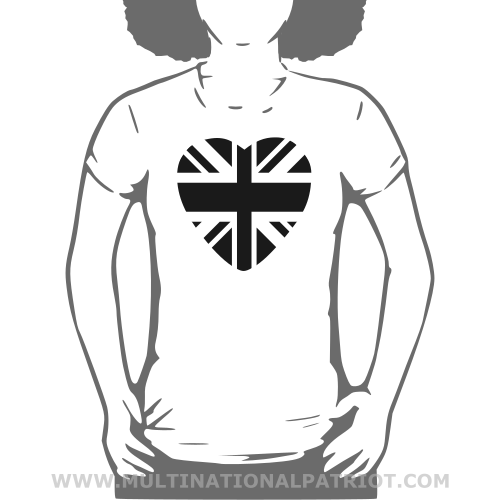If the World Were 100 People...
/If the World were 100 PEOPLE:
Gender
- 50 would be female
- 50 would be male
Age
- 26 would be 0-14
- 66 would be 15-64
- 8 would be 65 and older
Geography
- 60 would be from Asia
- 15 would be from Africa
- 11 would be from Europe
- 9 would be from Latin America & the Caribbean
- 5 would be from North America
Religion
- 33 would be Christian
- 22 would be Muslim
- 14 would be Hindu
- 7 would be Buddhist
- 12 would believe in other religions
- 12 would not be religious or identify themselves
- as being aligned with a particular faith
First Language
- 12 would speak Chinese
- 5 would speak Spanish
- 5 would speak English
- 3 would speak Arabic
- 3 would speak Hindi
- 3 would speak Bengali
- 3 would speak Portuguese
- 2 would speak Russian
- 2 would speak Japanese
- 62 would speak other languages
Overall Literacy83 would be able to read and write
17 would not
Literacy by Gender
- 88% of males would be able to read and write
- 12% of males would not be able to read and write
- 79% of females would be able to read and write
- 21% of females would not be able to read and write
Education
- 76% of eligible males would have a primary school education
- 72% of eligible females would have a primary school education
- 66% of eligible males would have a secondary school education
- 63% of eligible females would have a secondary school education
- 7 would have a college degree
Urban/Rural
- 51 would be urban dwellers
- 49 would be rural dwellers
Drinking Water
- 87 would have access to safe drinking water
- 13 would use unimproved water
Food
- 15 would be undernourished
Infectious Disease
- <1% would have HIV/AIDS
- <1%would have tuberculosis
Poverty
- 48 would live on less than $2 USD per day
- 1 out of 2 children would live in poverty
Electricity
- 78 would have electricity
- 22 would not
Technology
- 75 would be cell phone users
- 30 would be active internet users
- 22 would own or share a computer
Sanitation
- 65 would have improved sanitation
- 16 would have no toilets
- 19 would have unimproved toilets
SOURCE: 100 People: A World Portrait

